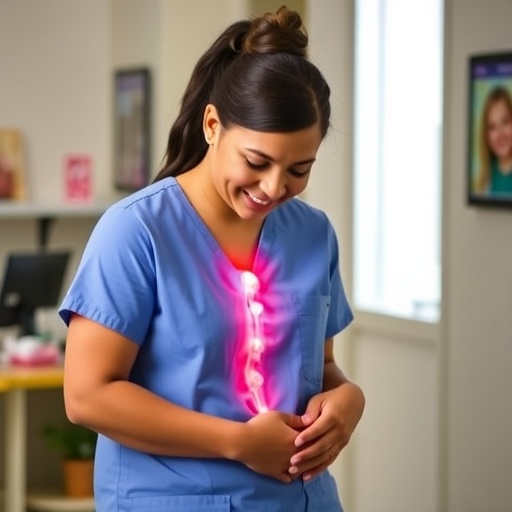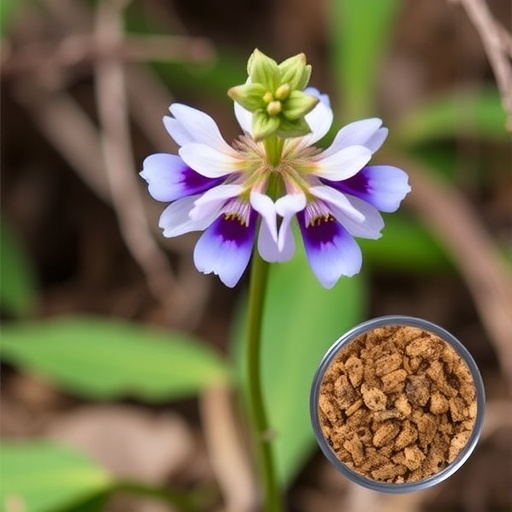Efforts to support older people during extreme heat should focus on those who lack independence or have pre-existing health issues, according to an expert from the University of Warwick
- Study identifies factors that most affect older people’s vulnerability during extreme temperatures
- Older people may have difficulty accessing facilities designed to help keep cool during hot weather
- Greater awareness of impact of extreme temperatures on individual health has biggest impact, according to study from University of Warwick
- Interview data shows vulnerability can vary significantly between individuals
Efforts to support older people during extreme heat should focus on those who lack independence or have pre-existing health issues, according to an expert from the University of Warwick.
New research shows that having locations where older people can keep cool plays a key role in reducing their vulnerability to extreme heat, but that older people may find them difficult to access or have limited ability to travel to them.
It comes as countries in Europe are experiencing a potentially record-breaking heatwave this week.
Dr Raquel Nunes from Warwick Medical School has developed a new assessment to quantify an individual’s vulnerability to extreme hot and cold weather based upon their personal situation and resources. Detailed in a recent paper for the International Journal of Environmental Health Research, it reveals that vulnerability to temperature extremes can vary by individual, but there are factors that are more significant than others.
Older adults (aged 65+) are considered a high risk group to the impacts of extreme temperatures. Direct and indirect effects of heatwaves and cold waves are associated with an increase in respiratory and cardiovascular diseases, and impact on the mortality and morbidity of older adults.
Most existing definitions and assessments of vulnerability examine general risks for older adults, but few focus on specific issues such as hot or cold weather.
Using an asset-based approach, Dr Nunes developed a General Vulnerability Index to establish the everyday vulnerabilities for older adults. This used a broad mix of human, financial, physical, place-based and social assets, such as health status, quality of life, education level, age of their home, access to public services, and others.
She then developed Specified Vulnerability Assessments for cold weather and heatwaves that assessed factors that specifically related to vulnerability to those two risks, such as income constraints, lack of housing insulation, lack of heating and cooling devices.
Using data obtained through interviews with older adults living in Lisbon, Portugal, Dr Nunes found that there can be different levels of general and specified vulnerability for the same person – so an individual might have a high general vulnerability, but at the same time have low vulnerability to extreme heat and high vulnerability to extreme cold.
In particular, increased pressure on financial (i.e. income, pensions), human (i.e. health status and health literacy) and physical assets (i.e. lack of housing insulation) of the individual were found to have the most significant effect on their vulnerability. This reflects their ability to take action to keep cool or warm during heatwaves and cold weather.
Dr Raquel Nunes, a senior research fellow at Warwick Medical School, said: “Just because an individual may be older doesn’t necessarily mean they are more vulnerable. We need to look at the different facets of their lives, the different assets available to them and the things that are within their own control. There are a lot of things that individuals can do to reduce their vulnerability.
“One way is to better understand the risks and impacts of extreme temperatures, to use alternative strategies to keep cool and warm during extreme temperatures, such as leaving the house more to keep cool and warm. Having more social contacts (i.e. neighbours, family, friends) can help older people reduce social isolation and enable them to exchange advice regarding extreme temperatures. There are ways to make their homes more comfortable during extreme temperatures that they may not be aware of, such as schemes that help older people to pay their electricity or gas bills. And being more aware of the risks that heat and cold might pose to them because of specific health conditions they might have.
“Everyone can do something at any age. If you are more aware of the risks around you and if you obtain information from health professionals or family members, you’ll definitely be more prepared to deal with these kinds of events.”
The assessments will be useful to researchers, policymakers and practitioners in local authorities and health and social care providers, to help them understand the causes of vulnerability and how an individual’s vulnerability varies depending on different risks they are exposed to. This will in turn help tackle the most important factors shaping vulnerability, as well as to plan and implement strategies to reduce vulnerability.
Dr Nunes adds: “These findings also have implications for improving public health policy and practice. As they highlighted high levels of trust and support older people receive from their local authority, there are opportunities for an integrated approach where health and social care professionals, housing officers and city planners work together under the ‘same roof’ using a person- or community-centred approach to provide advice and care to the whole population, not only to older people, for reducing vulnerability to extreme temperatures.
“What I’ve tried to do by using an assets-based approach is to depict which factors have more impact on vulnerability, particularly where it concerns mortality or morbidity. Using physical, human, financial, social and place-based assets allows you to depict for certain individuals what specific factors are making them vulnerable.
“Acting on each of these types of assets to reduce vulnerability is possible but we need to be proactive and not wait for older people to ask for help.”
###
- ‘General and specified vulnerability to extreme temperatures among older adults’ is published in the International Journal of Environmental Health Research, DOI: 10.1080/09603123.2019.1609655
Media Contact
Peter Thorley
[email protected]
http://dx.




